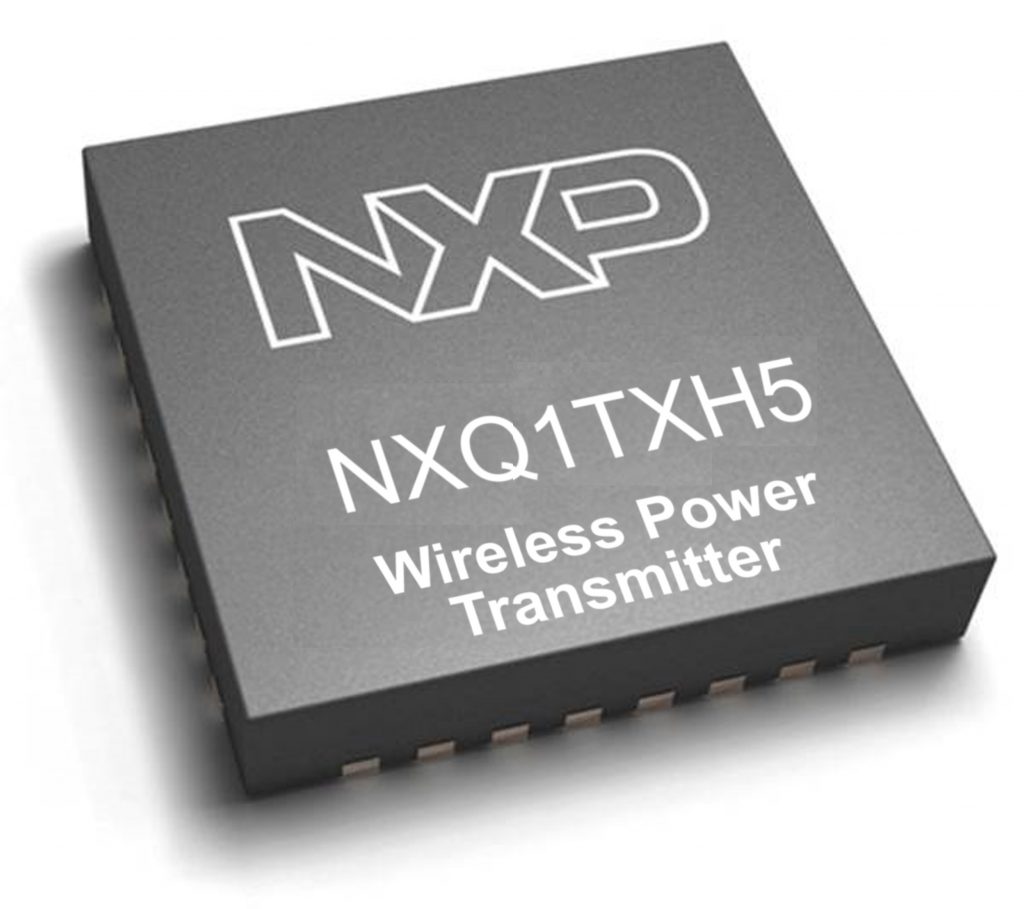
Adding wireless charging to furniture and other consumer goods is a nice way to add some oomph to an otherwise boring product. NXP’s NXQ1TXH5 provides an interesting, albeit difficult-to-prototype way around the problem.
Creating a Qi-compatible is as easy as assembling the example circuit shown in figure one. From a technical point of view, the diagram is full of decoupling capacitors but does not require much in terms of complexity. The main issues are a) finding a correct coil and b) prototyping the device – NXP uses a 5 mm x 5 mm, 32-pin HVQFN package which is not really suited to non-reflow soldering processes.
Advanced functionality
While most charging ICs limit themselves to simply providing the oscillating field needed for transferring power, NXP adds a few extremely nifty features to its chip. First of all, the NXQ1TXH5 is able to monitor and restrict the amount of power supplied to its clients. This way, multiple chips can power themselves from a single USB wallwart. Sadly, this process does not have unlimited efficiency – look at figure two to see a power derating curve.
…QI’s already-bad efficiency becomes terrible if but small amounts of power are to be transferred
User convenience is enhanced by the presence of LED and buzzer outputs: emitting a satisfying beep as charging starts makes handling the charger so much more pleasant. Finally, the part also has an I2C interface, which is not documented.
Power consumption is reduced via a dedicated pinging circuit. When no device is present, NXPs chip hibernates the main Qi charging system and emits special waveforms to detect hardware – this way, standby can be accomplished with minimal power consumption.
Sadly, the public datasheet of the part is short and tardy – developers who want to use the chip in anger should ask their local NXP office for further information and/or a more detailed set of documents.
more info: article.oemsecrets.com




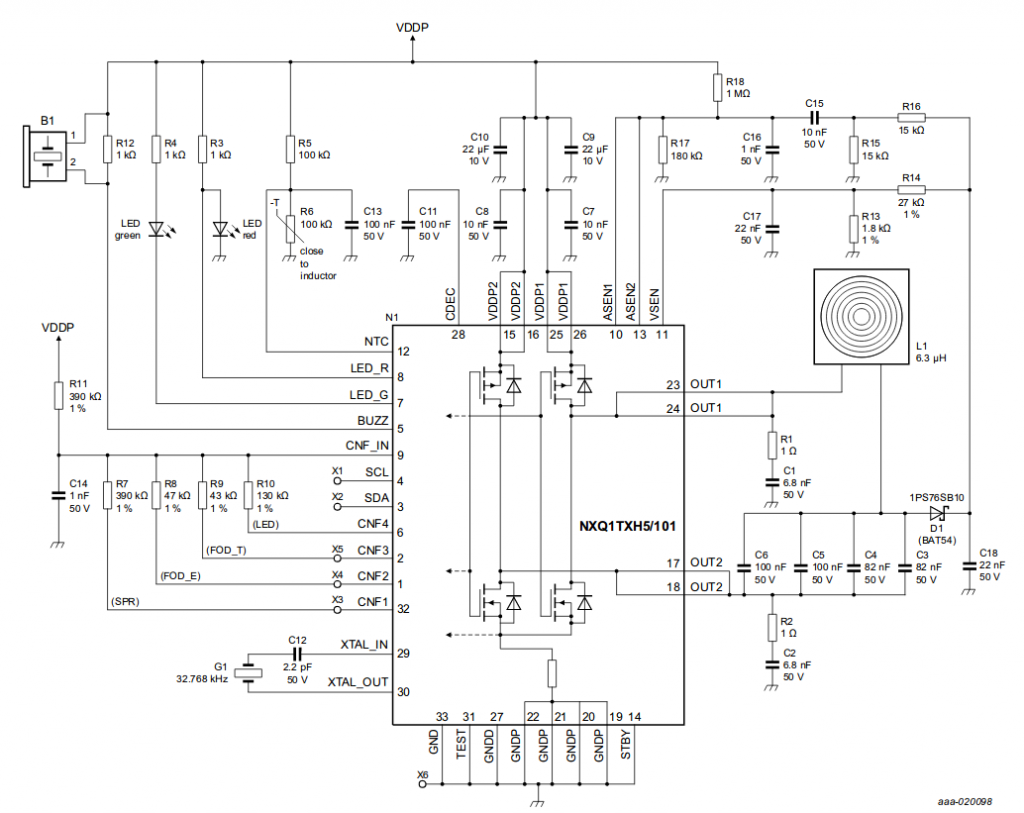
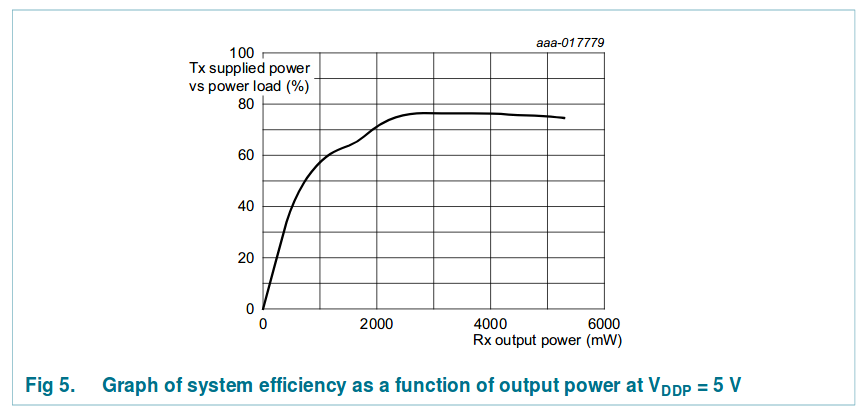
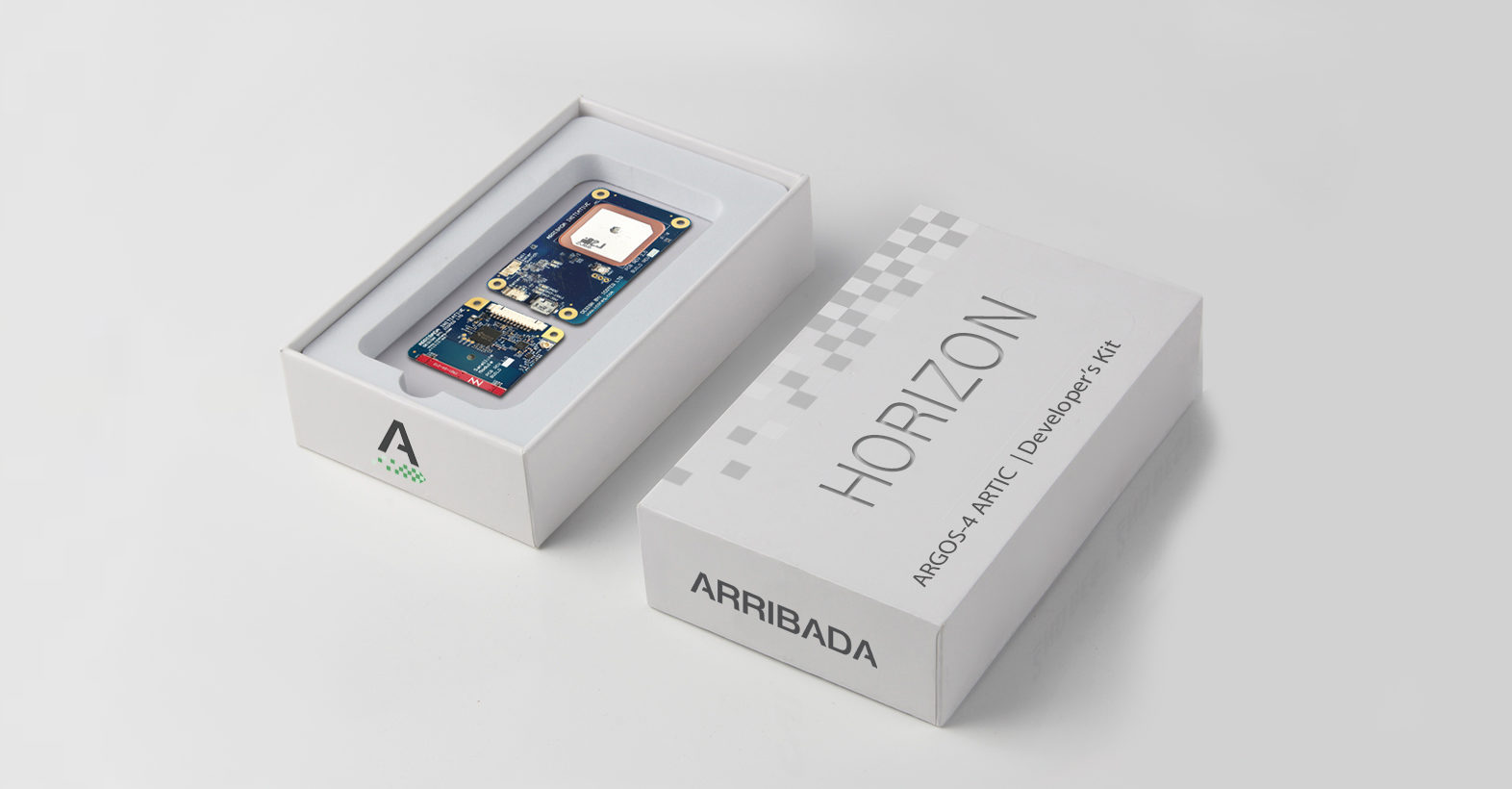
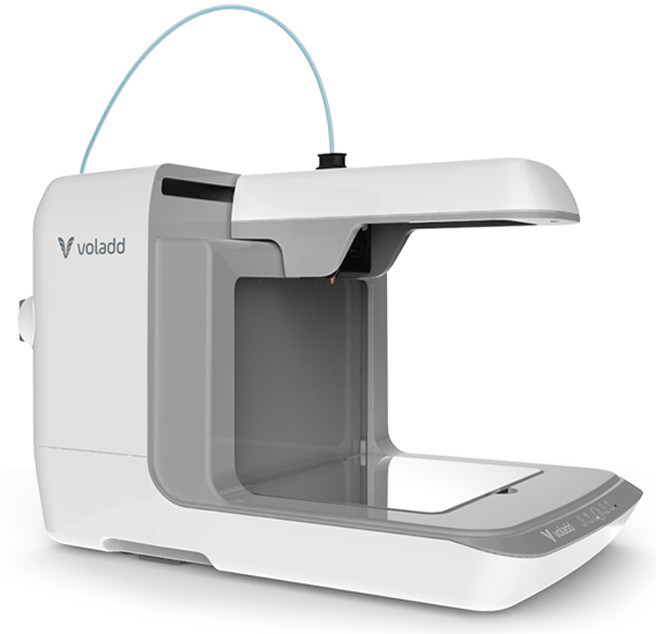
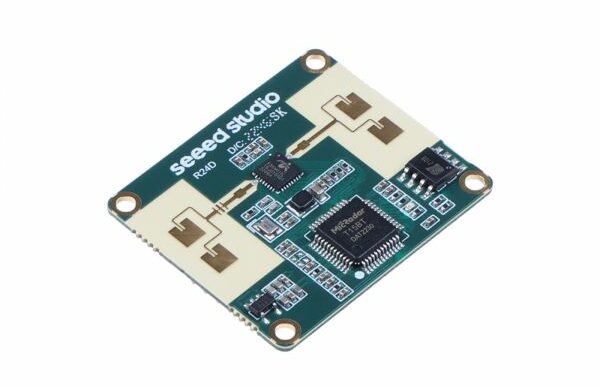
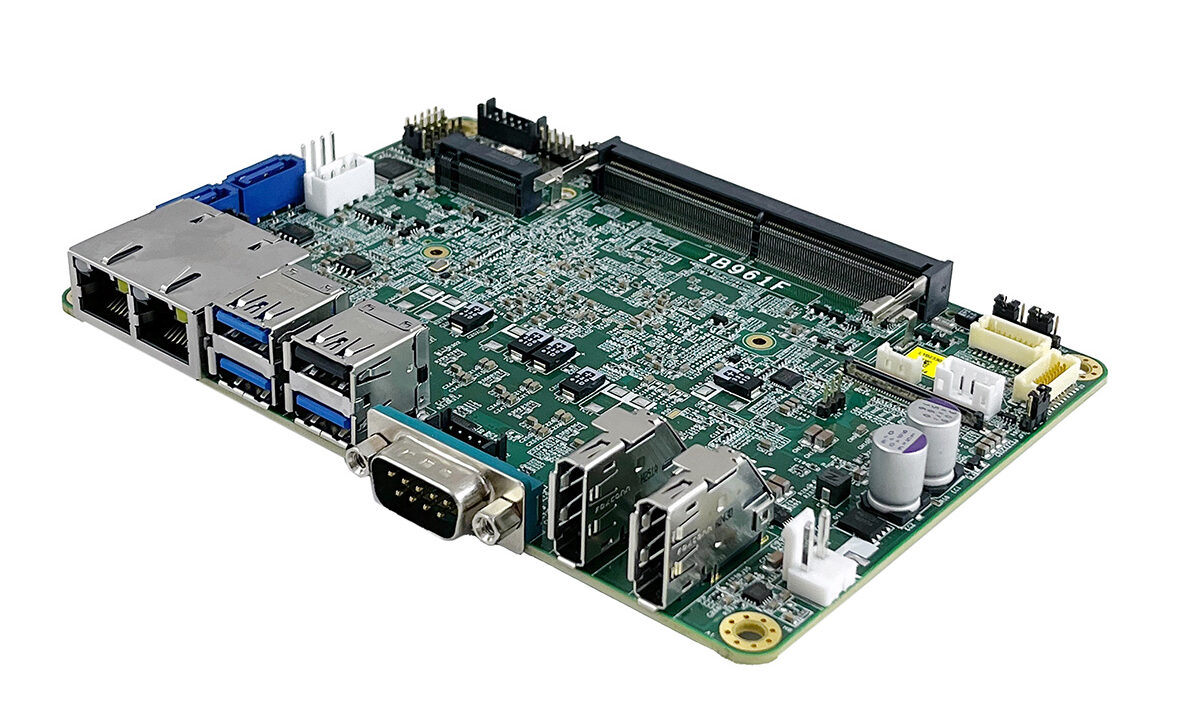

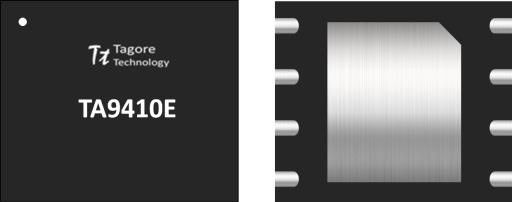






Hi,
i am a final year student doing electrical and electronic engineering. i was looking to use this NXP Qi chip in my final year project but from what i have read on this post i feel like choosing this chip is not the best idea. My project is to have wireless charging in a item of clothing.
would there be a Qi transmitter chip you would reccomend over this one?
Thanks,
Dilan